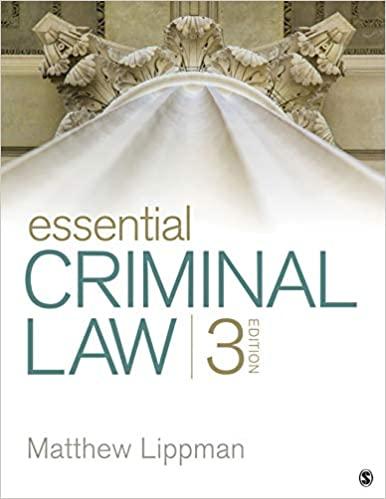Question
Question One: Global Companies as in the case of Nike, the American sporting goods manufacturer in Pakistan and other developing economies signify the need for
Question One:
Global Companies as in the case of Nike, the American sporting goods manufacturer in Pakistan and other developing economies signify the need for organizations to behave responsibly and ethically, but also presents a serious challenge (dilemma) for many organizations.
Nike appears to have developed different business practices for the different countries it operated in. When it became clear it paid its workers in Pakistan considerably less than its workers elsewhere, and allowed considerably worse working conditions, it was attacked as exploitative and unethical. However, it was not clear if any laws were broken. Moreover, jobs in factories working for Nike were actually highly sought after and this is evidence since Nike was not found guilty of irresponsibility or unethical behaviour.
A.Critically explain what behaving responsibly or ethically in real life situations actually means for organizations? Do you think increasingpressure to behave responsibly and ethically is having a great impact upon strategic decision making within organisations? How about "business is business"? (Businesses only obligations are toward stakeholders). Critically elaborate and discuss your answers and give examples from on-going organizations.(25 Points)
B. The challenges to be seen as acting responsibly and ethically as in complying with laws and regulations is made more complex by a number of complicating factors. Explain these factors and provide actual (real life) examples.(25 Points)
Question Two:
Despite the critiques of Porter's five forces model, the framework remains an essential strategic tool that is taught in all business schools around the world. Porter himself remains convinced of the validity of his ideas and has recently responded to some of the critiques highlighted in your material. Please read the following article by Porter: Porter, M. E. (2008) 'The five competitive forces that shape strategy, Harvard Business Review, issue 1, pp. 78-93, and then answer the following;
A. Critiques of Porter's five forces concept (1980), suggest that might be inappropriate for application in non-competitive situations. Do think this five forces analysis may or may not apply to public sector organisations? Why? Support your answer with examples.
B. Also, critiques suggest that, while the five forces analysis enables us to develop an appreciation of an industry's potential for profit, it does not really discuss the characteristics of competition. Grant for example suggests that, organisations mustdeliver what customers want more effectively than their competitors do. He added that Key success factors are generally understood in terms of answers to these questions. Critically elaborate on Grant's views as well as others critiques views on Porter's Model and support your answer with examples.
Step by Step Solution
There are 3 Steps involved in it
Step: 1

Get Instant Access to Expert-Tailored Solutions
See step-by-step solutions with expert insights and AI powered tools for academic success
Step: 2

Step: 3

Ace Your Homework with AI
Get the answers you need in no time with our AI-driven, step-by-step assistance
Get Started


